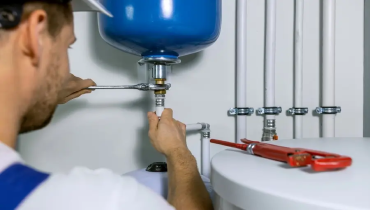Our Plumbing Blog
Shared Resources for Your Home Needs
All Blogs
Keep your home odor-free with simple floor drain maintenance. Refill the trap monthly, keep the grate clean, and schedule professional floor drain cleaning before clogs or odors start.
Learn moreThe modern-day toilet is a mystery to most homeowners. You probably never stop to think about how your toilet tank works—tha
Learn moreIn the past, a failed sewer line might mean a torn-up yard, broken driveway, and weeks of disruption. Trenchless pipe bursting offers a smarter approach.
Learn moreWhen researching the best water heater for your property, you may have discovered the importance of a water heater expansion tank.
Learn morePipe corrosion is the last thing any property owner wants to deal with, but it’s a common issue that affects many properties. It occurs when old metal pipes in your plumbing system degrade due to chemical reactions, moisture, and oxygen.
Learn moreLet Us Call You
Blog Categories
About Mr. Rooter Plumbing

Since the original Mr. Rooter was founded in 1970, the company has remained committed to a set of core values that are rooted in performing quality work at honest prices. Nearly half a century later, the original Mr. Rooter business is still servicing homes and businesses in and around Oklahoma City. It’s still independently owned and operated with strong ties to the community that made it all possible.




